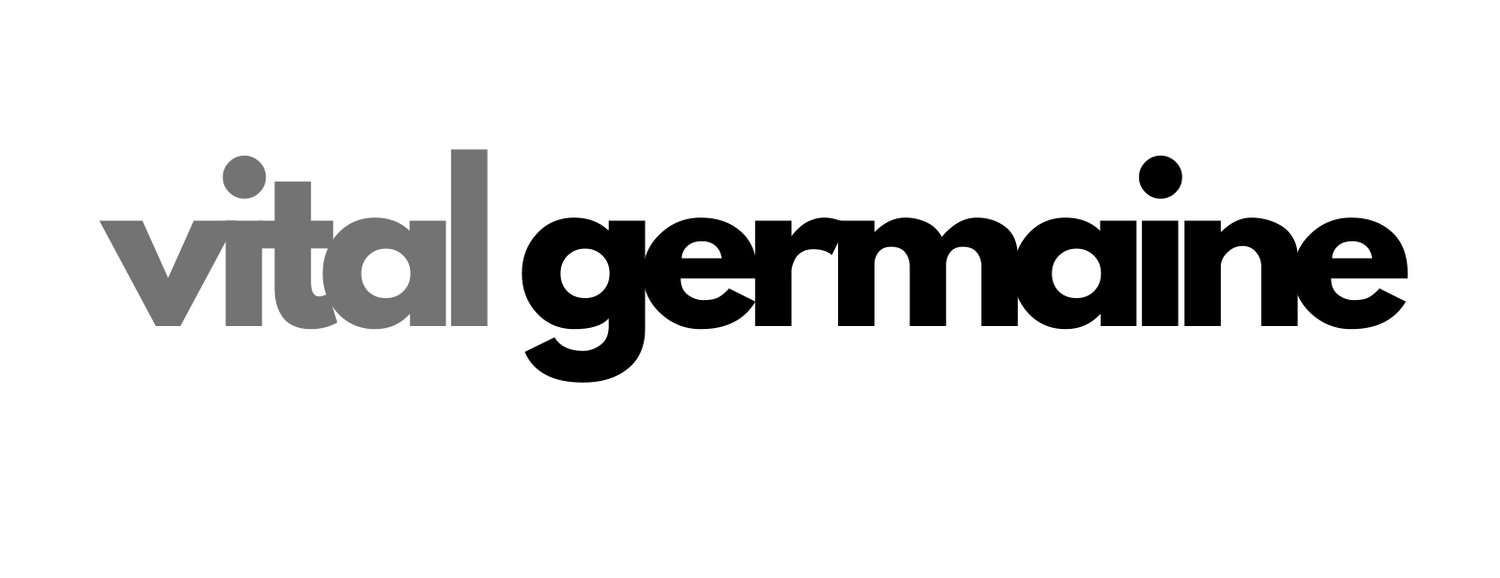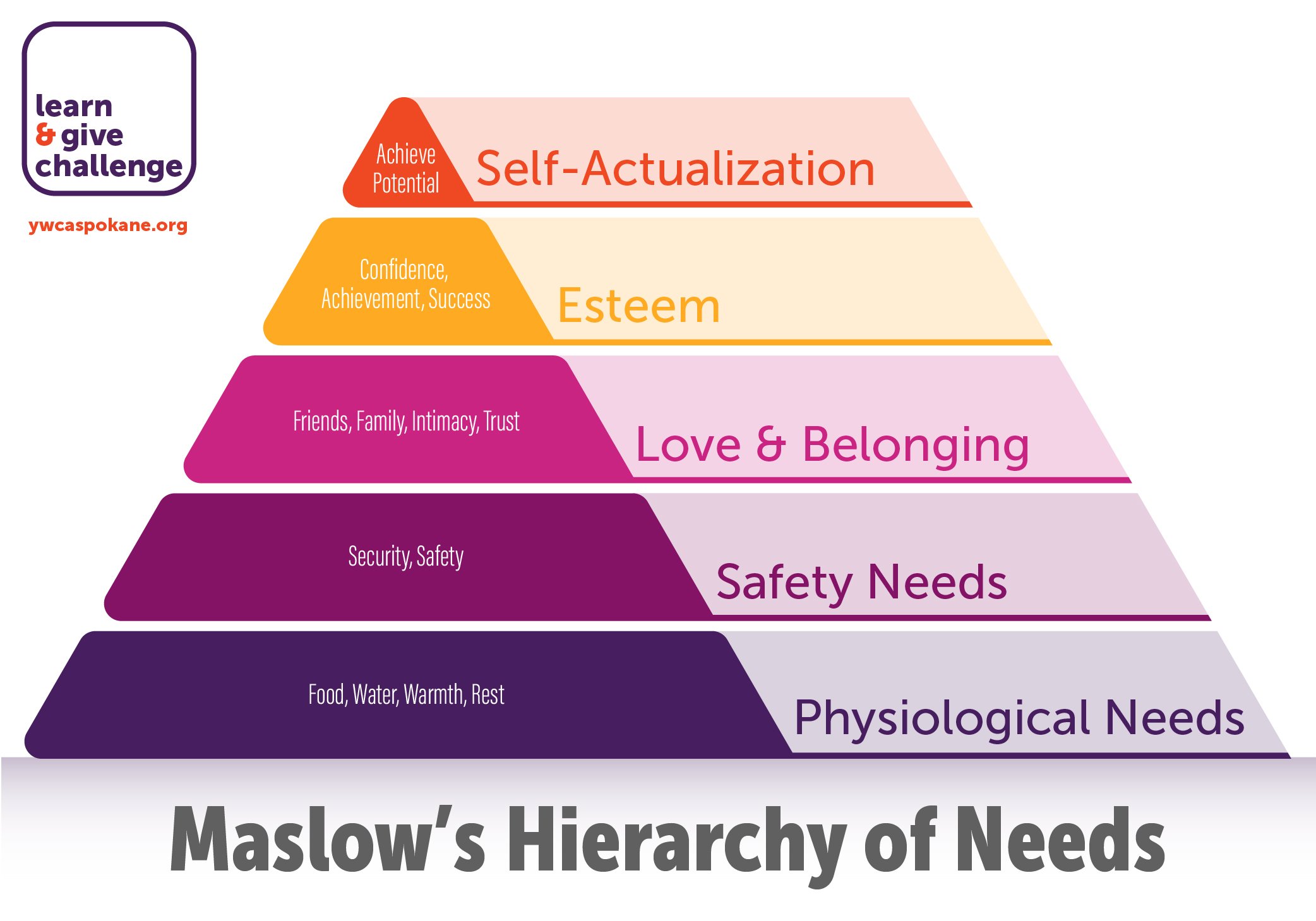The Challenges of being Empathetic
/Despite being perceived as a weakness, empathy is one of the most powerful (and beautiful) of human traits. It is perhaps the epitome of consciousness and our reason for being; the ability to see and feel another person, thereby connecting on a deep emotional, spiritual and intellectual plane. Beneath the utopian packaging hides a trap.
Having empathy makes you a high-value person in your personal and professional life because understanding and relatability eliminate barriers, bias and hate. I don’t think the world has ever needed empathy as much as it needs right now. We are so disconnected and at such heightened moral conflict, with social media adding fuel to loneliness, anger, hate and mental illness… and divisiveness.
Unfortunately, constant empathy is not possible. In particular if it’s one-way traffic. Like all things, moderation is key. Knowing when to give and when to protect the self is germane to mental, and emotional health. We must all receive empathy at some point, less deplete our light.
I recommend strategic doses of empathy to the people who merit or need your light. Empathy invites us to progressively expand our minds and open our hearts to that which we don’t fully grasp. It is not fear-inspired but rather driven by love and connection.
One of the biggest challenges we have as humans, partially due to our instincts to survive, is that we tend to look out for our own survival. The ego gets lost in this need because it doesn’t always understand the greater good of community. Due to self-survival mode we are often blinded by the needs or experiences of another. We become convinced that our way is the only way. It’s what we’ve been taught or programmed to be and do. To validate that programming, we spend the rest of our lives finding evidence to back up our belief-system. We rigidity stick to those established principals (cognitive dissonance). Empathy is the great nutraliser of bias and cognitive dissonance because it means seeing and feeling beyond the ego. The ego unto itself is not negative.
To practice true empathy, we must…
LEARN MORE IN THE BOOK, PINK IS THE COLOR OF EMPATHY, I do a deep dive into all aspects of empathy.
Vital Germaine

















































